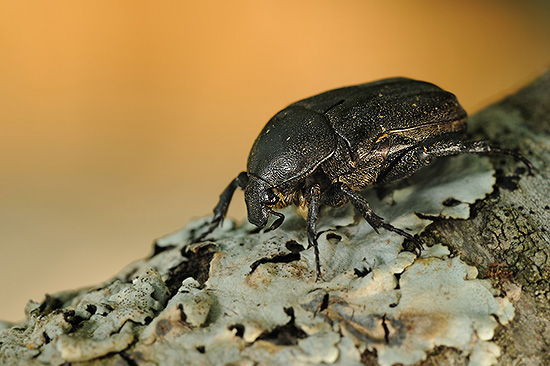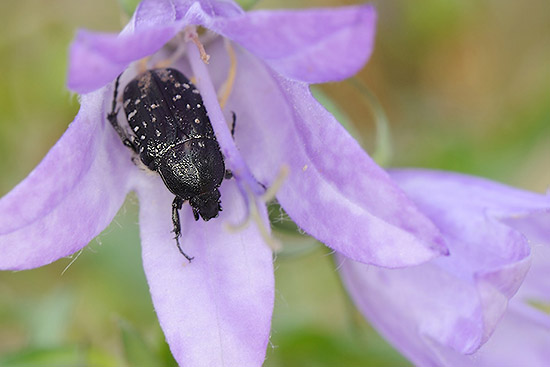I’ve uploaded meanwhile all my images from my Spain holidays in 2009 and 2013. You can have a look at the portfolio by clicking here.
In 2009 I spent two weeks in the Spanish Pirineos (areas around Puyarruego - Ainsa and Puente la Reina de Jaca). In 2013 I visited the Picos de Europa (see previous post on my blog) and I revisited the area around Puyarruego (Ainsa). I won’t surprise anybody by writing that I focussed mainly on bird and beetle photography.
Under here some typical Pirineos landscapes: the first four images are made in the vicinity of Puarruego (Puyarruego, view at peaks from Anisedo Posets NP followed by Canyon Landscape at Nerin and alpine meadows at Chisagues).
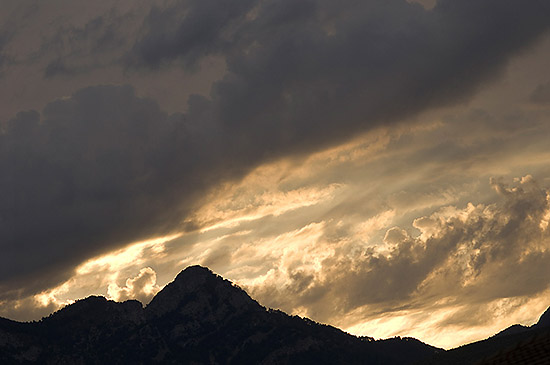

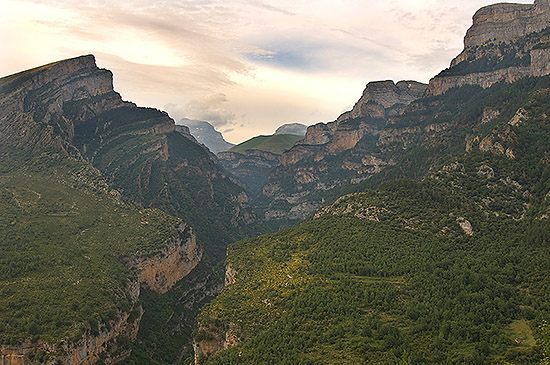
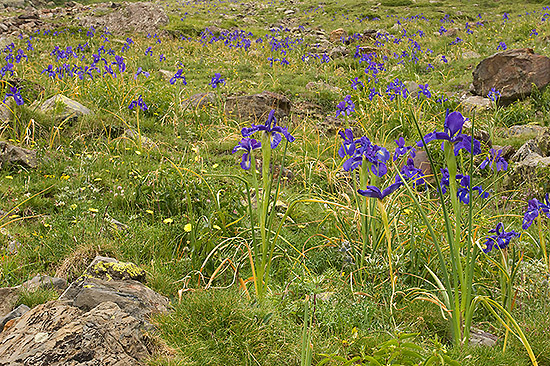
Under here, an images of the landscape at Punte La Reina de Jaca, follwed by one taken at San Juan de la Peña.
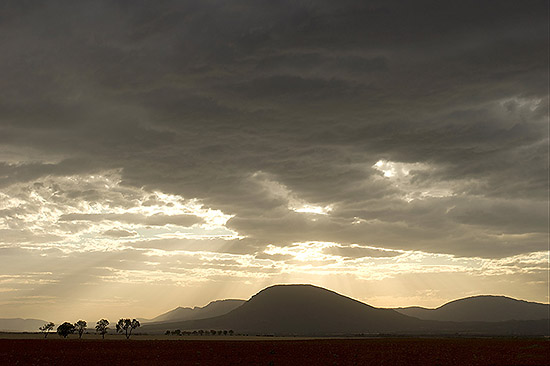
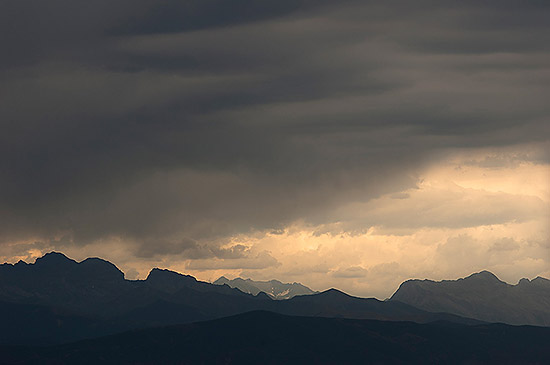
Birds – Birds of prey
In 2009 I spent quite some time photographing Red Kites and several Vulture species. Under here some of my favourite images from the birds of prey. Consequently, images from Griffon Vulture (3 images), Egyptian Vulture, Lammergeier and Red Kite.
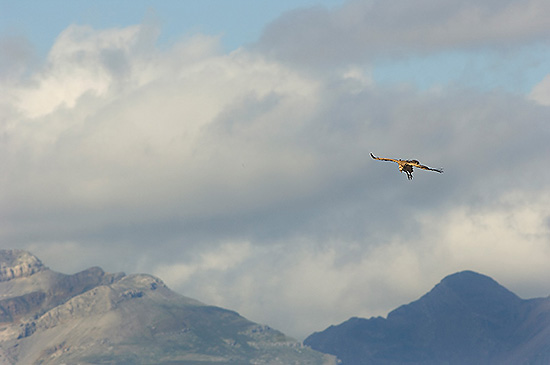
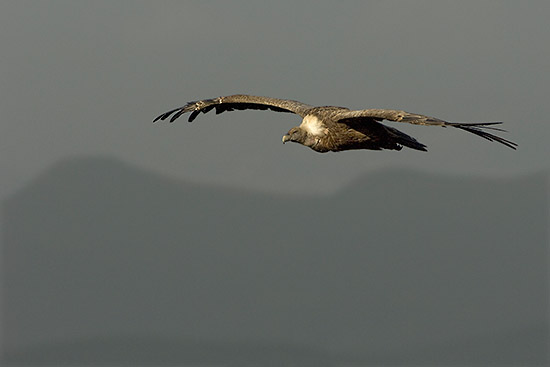
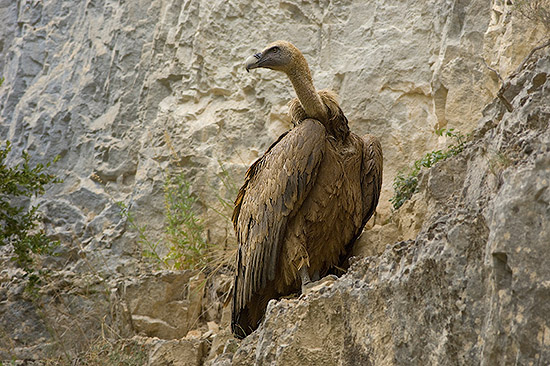
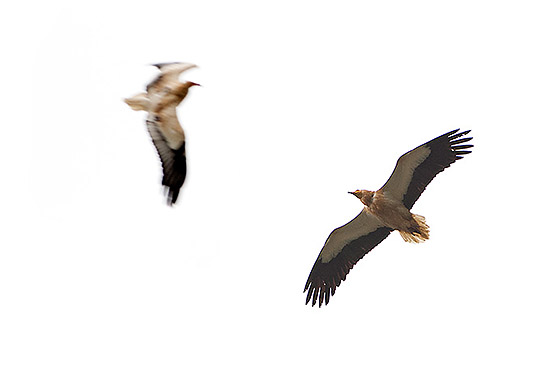
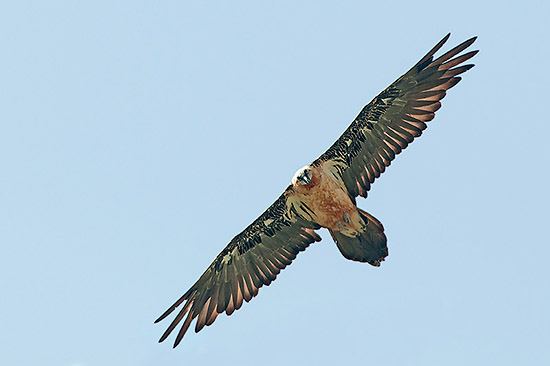
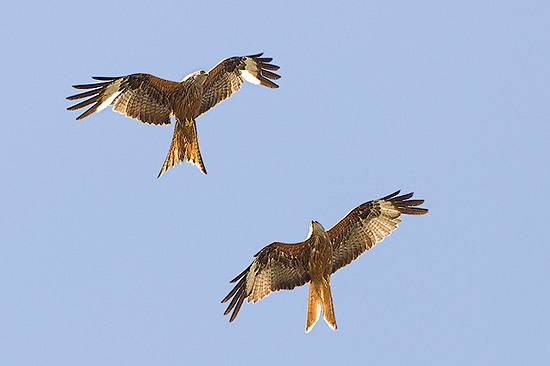
Los Pirineos, still hold a healthy and impressive bird of prey population. Especially all the scavenger species, such as the Griffon Vulture, Egyptian Vulture, Lammergeier as well as Black and Red kite are still numerous up there. On the contrary to the most of its West European populations, Red Kite still seemed omnipresent and had to be about the most abundant bird of prey. Even until my visit in 2009 in Puyarruego, the Red Kites were still very common. In 2013, for the first time I noticed the lack of abundance of Red Kites in the same area, where Black Kites seemed to have taken over the bigger numbers. Park rangers told me that the more intensive use of rodenticides, was probably the cause for this decline.
Under here another image of this striking bird of prey.
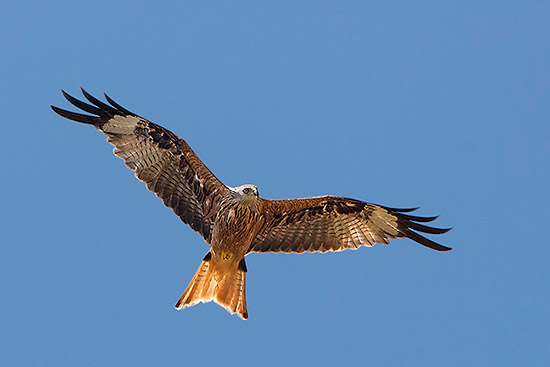
Apart from the birds of prey the area is also good for semi-desert and steppe species, such as Tawny Pipit (image under here).
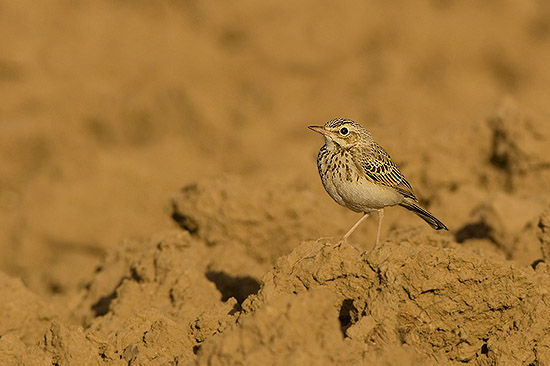
The small wooded or scrubby areas around rivers and in the gardens often hold serious numbers of insect- and fruit-eating Mediterranean bird species, such as many warblers, buntings and finches. Under here an image from a Firecrest, taken at the camping Los Pirineos (Puenta La Reina de Jaca) and a Goldfinch and a Common Swift, two omnipresent bird species at Puyarruego.
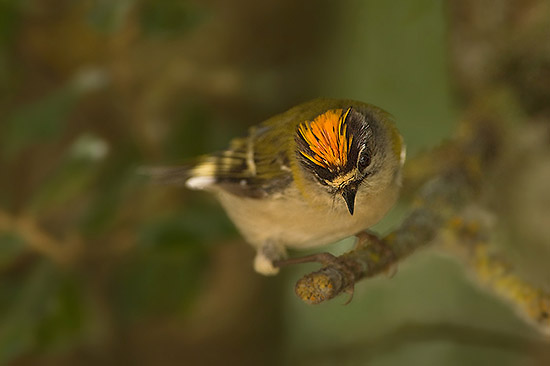
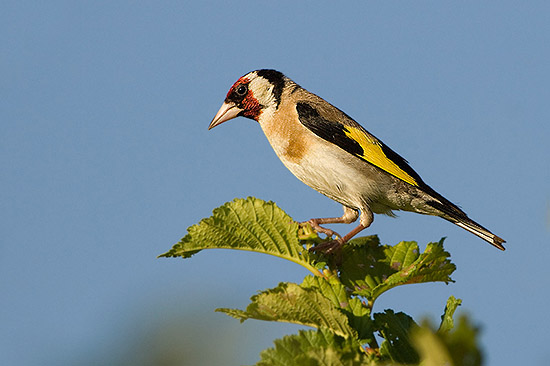
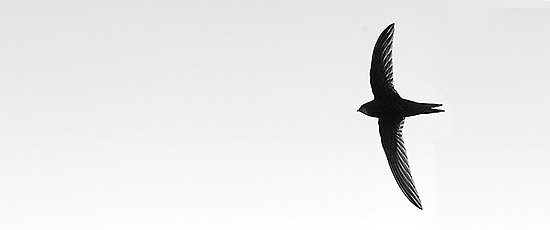
Beetles – Jewel Beetles, Dung Beetles and Longhorn Beetles
In 2013, I decided to spend some time to find and photograph beetles from three specific families, which are particularly well represented in the Mediterranean area: Jewel Beetles, Longhorn Beetles and Dung Beetles.
Under here images from Jewel Beetle species taken at very close vicinity of our home stay in Puyarruego. In a small extensive meadow and the surrounding scrubs and trees, I observed no less than 9 species in one day. Most of the Jewel Beetles can be more easily found during the hottest parts of the day, when they actively visit flowers and swarm around the freshly cut tree trunks. Unfortunately they are very shy then and it is very hard to approach them… So I was only able to take pictures from five species. Under here two of my favourite species: the striking Anthaxia ignipennis and the cryptic coloured Capnodis tenebrionis.
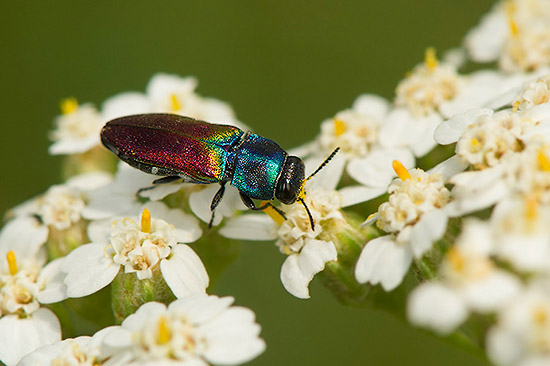
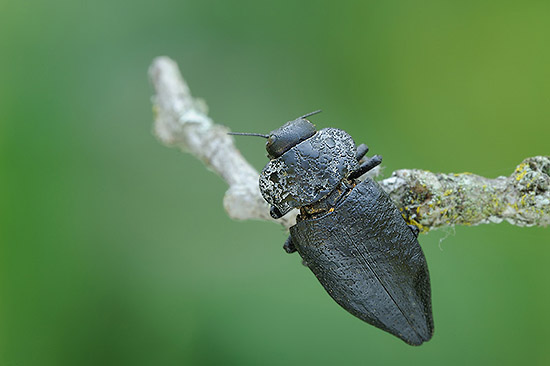
Under here some images from spectacular Longhorn Beetle species. All of them were photographed in the same meadow as the Jewel Beetles. Under here, images from Chlorophorus trifaciatus, Cholorphorus varius, Chlorophorus ruficornis and Purpuricenus budensis.
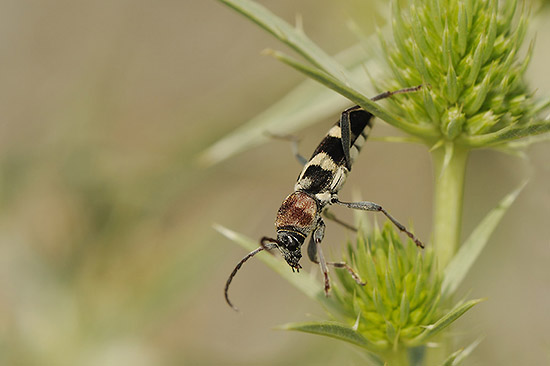
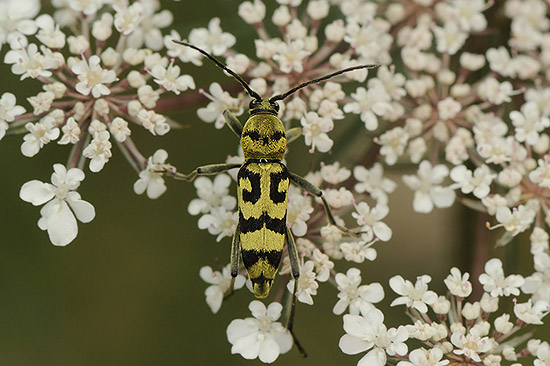
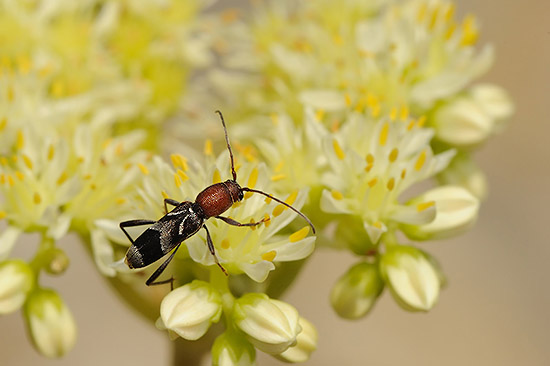
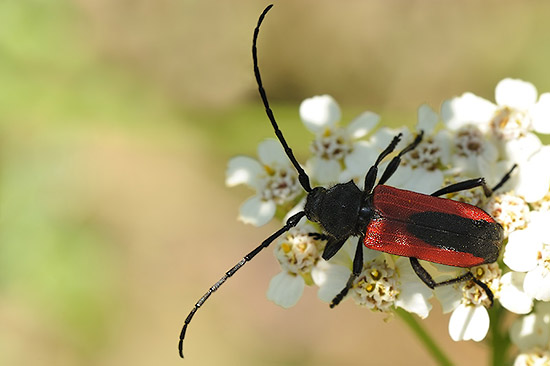
Finally, I spent in 2013 quite some time searching for Dung Beetles in the vicinity of Puyarruego.
At close vicinity of Puyarruego one still finds extensive pastures grazed by cattle, sheep or horses. These pastures can be found from the lower parts of the Pirineos, the Mediterranean steppe, till the high alpine meadows. This results in a high diversity of Dung Beetles in the area. Under here some images from several types of Dung beetles, starting with Onthophagus coenobite, Onthophagus illyricus (two images) and Euoniticellus fulvus. They all are species with pronounced parental care.
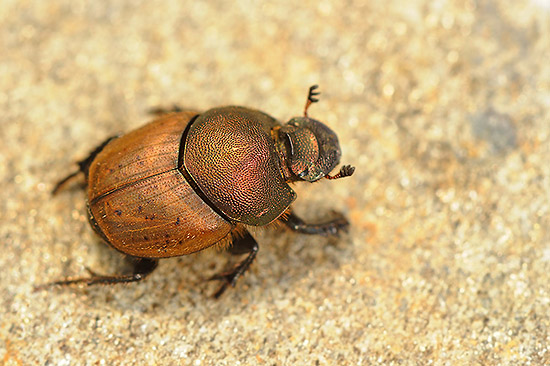

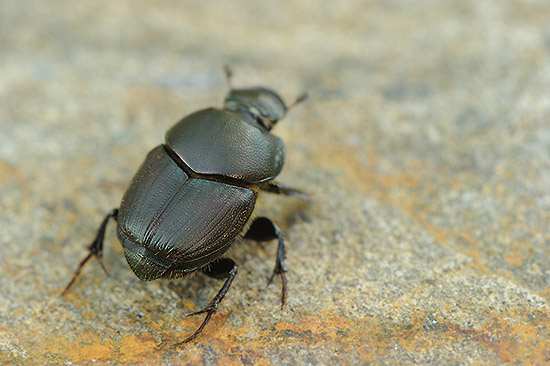
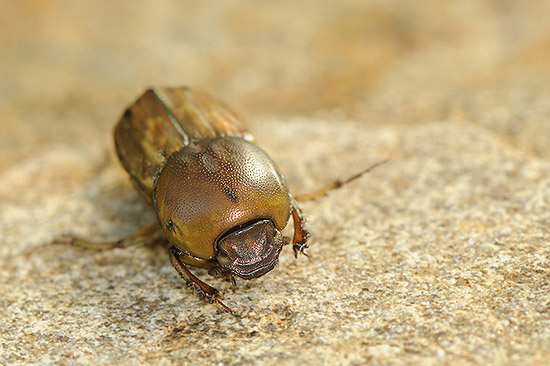
The pairs of beetles from the Onthophagus genus dig a system of tunnels in the soil near the dung, each of them ending in a brood chamber filled with dung. The female lays an egg inside a small empty space at the top of each brood ball.
Under here, an image from a tiny dung beetle species, Aphodius fimetarius. The genus Aphodius is by far the most numerous genus of the European Dung Beetles. It contains more than 100 species found in Europe. Eggs are laid singly or in small batches in the dung. The grub-like larvae feed on the dung in which they also pupate.
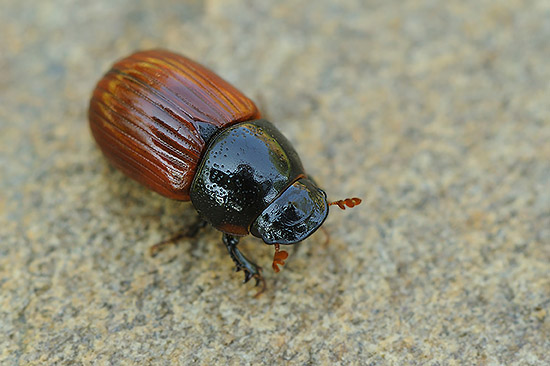
Under here, two images form Sisyphus schaefferi. It is a Ponto-Mediterranean thermophilous species, occurring sporadically in larger steppe and forest-steppe areas, mainly on limestone ground. Typical are the hind legs of both sexes, which are very long and curved inwards.
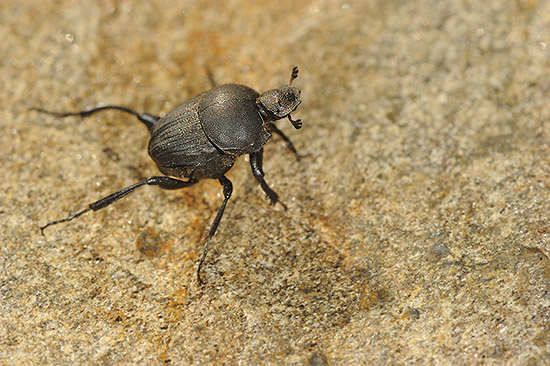
Once the Sisyphus has found fresh dung, he starts to roll a dungball, which will serve as brood for the larvae. He uses his long hind legs to move and transport the dungball towards a tunnels he has dug, and where the dung will serve as food inside the brood chamber. Under here an image of a couple rolling a dungball towards a tunnel.

Apart from the typical dung beetles found in the family’s Geotrupidae and Scarabaeidae, the superfamily of the Scarabaeoidea holds very large and spectacular beetles such as the Stag Beetles (Lucanidae) and Rose Chafers (Cetoniinae) and allies. The Puyarruego area proved to be also very productive for these groups. Many in Western Europe rather rare and elusive species, are still locally pretty common in the area. Every evening huge male Stage Beetles Lucanus cervus were seen swarming around the fruiting trees in the garden of our guest house. Under here images of a large and a smaller male.
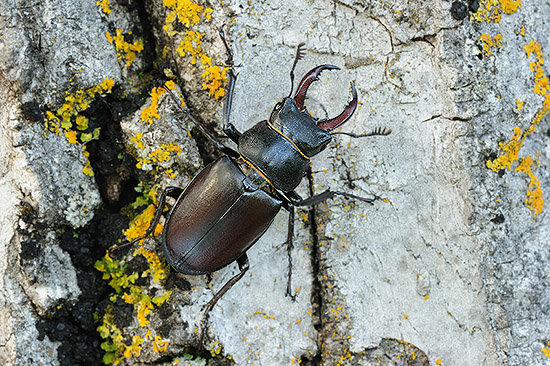
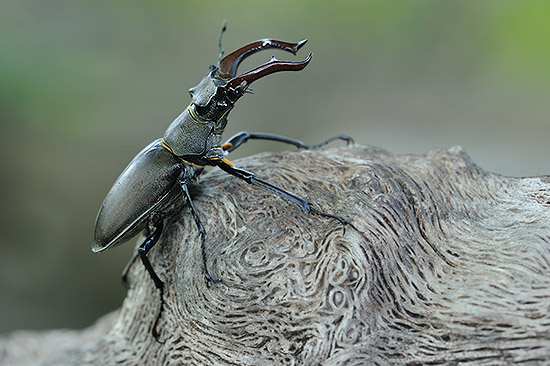
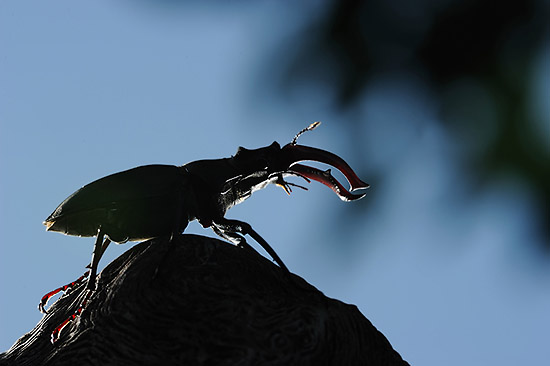
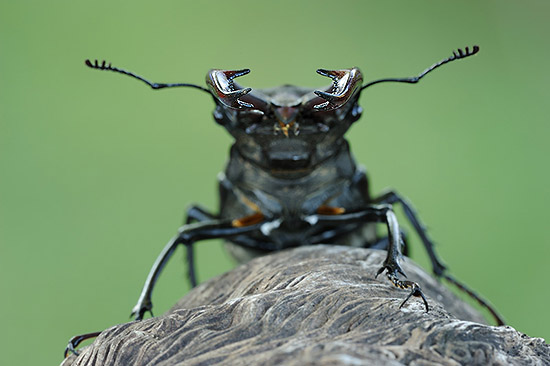
An even more elusive species I came across in 2009 is the Noble Chafer Gnorimus nobilis. The Noble Chafer, is an excellent indicator species for well-structured and varied old growth deciduous forests. The demands of the larvae and the adults are completely different: the larva lives for several years in the decaying wood of tree cavities, where a stable environment of their habitat is essential (not too high fluctuations of the moisture and temperature). This is the most critical part for the species, but the adults require sunny places with a vegetation rich in flowering plants, where they feed on the nectar. Under here an image of the beautiful flashy green beetle.
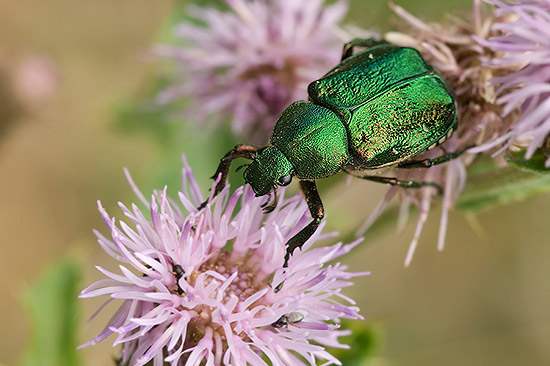
Under here extra images from three other ‘Cetonid Beetles’: Protaetia morio, followed by Trichius fasciatus and Oxythyrea funesta, again all species I found in Puyarruego or within the very close vicinity.
